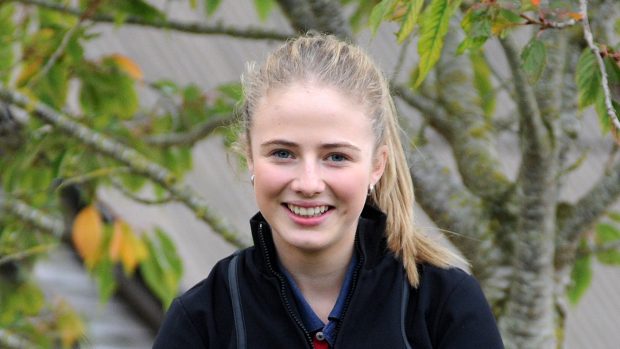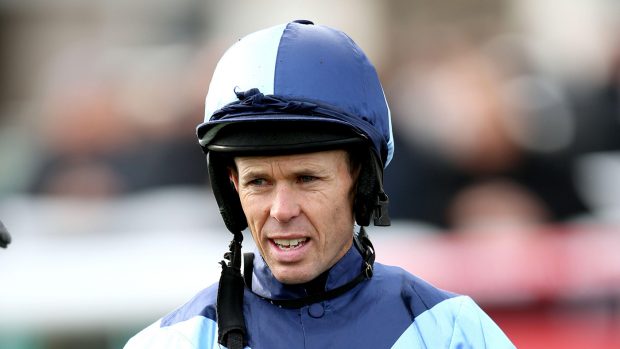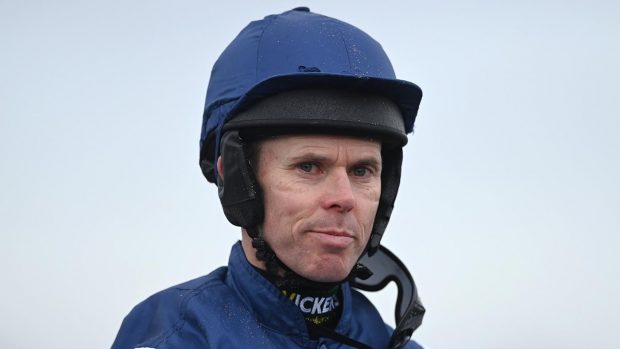Horse & Hound is proud to announce the Injured Jockeys Fund (IJF) as our charity of the year 2016.
The charity does fantastic work helping injured jockeys – and more recently riders – and their families with recovery and rehabilitation.
 Throughout 2016 H&H will be keeping you updated with the IJF’s activities and supporting the charity.
Throughout 2016 H&H will be keeping you updated with the IJF’s activities and supporting the charity.
We’d love you to show your support and donate too. To get you started, here are some things you might not have known about the IJF.
- More than 1,000 jockeys have been helped by the IJF. The charity was set up in 1964 after the falls of two jockeys, Paddy Farrell and Tim Brookshaw, and it has grown massively since then.
- Many charities now raise money through Christmas cards, but the IJF has raised £4m from card sales alone since 1964.
- The IJF has two state-of-the-art rehabilitation facilities. In 2009 Oaksey House opened in Lambourn, Berks, and earlier this year the Jack Berry House, which cost £3.1m to build, was unveiled in Malton, Yorks. Both centres have live-in accommodation for recovering jockeys, plus gyms fitted out with modern equipment. Oaksey House has an anti-gravity machine, while the Jack Berry House has a hydrotherapy pool.
- More than £18m in aid has been paid out to injured jockeys since the charity was founded.
- One of the charity’s founders, the late Lord Oaksey, was H&H’s racing correspondent, known as ‘Audax’ in the magazine, for nearly 30 years. He also bred the 2015 Cheltenham Gold Cup winner Coneygree and 2011 Hennessy winner Carruthers.
- As well as rehabilitation care, the IJF provides help and support to jockeys via nutritionists, training advice and via a team of nine almoners who are based around the country to support beneficiaries in daily life.
- More recently the charity’s work has also extended to riders in other disciplines. Treatment at either of the two rehab centres is free for jockeys, and riders on the World Class programme can receive funding via the British Equestrian Federation. Other equestrians can pay for themselves or use insurance to benefit from the facilities.
Eventer Laura Collett spent time at Oaksey House recovering after her serious fall at Tweseldown in 2013.
“The work the IJF does is absolutely amazing,” Laura told H&H. “Without them I definitely wouldn’t have been back competing as soon as I was.”
Don’t miss the 31 December issue of H&H for more on the IJF, including a guest comment from IJF president John Francome, an interview with Kitty King, who has benefited from the facilities, and an exclusive behind the scenes look at Oaksey House.
H&H has made a donation to the IJF for every advert that carries the charity’s logo in this issue.
- For more information and to donate visit: www.injuredjockeys.co.uk





